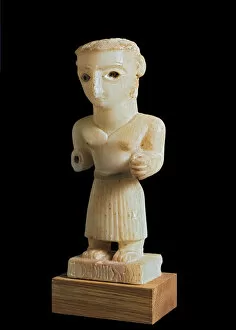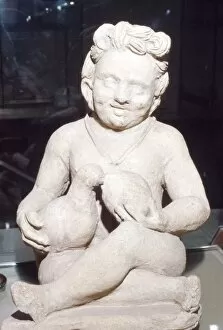Votive Figure Collection
Votive figures have been used for centuries as a way to express devotion and gratitude to deities or spirits
All Professionally Made to Order for Quick Shipping
Votive figures have been used for centuries as a way to express devotion and gratitude to deities or spirits. These small, often intricately carved statues are offered as gifts in exchange for blessings or protection and can be found in various cultures around the world, each with their own unique symbolism and significance. From ancient Greece to pre-Columbian Mesoamerica, votive figures have played a central role in religious practices and rituals. Some are meant to represent specific gods or goddesses, while others serve as symbols of fertility, prosperity, or healing. The act of creating and offering a a deeply personal and spiritual one. It requires careful thought and intention, as well as a genuine belief in the power of the divine forces being invoked. For many people, these figures serve as tangible reminders of their faith and connection to something greater than themselves. Whether made from clay, wood, stone, or metal they can imbued with meaning and energy that transcends their physical form. They stand as testament to the enduring human desire to connect with the sacred and seek guidance from higher powers. In today's fast-paced world, where technology often dominates our lives, the practice of making they can offer a sense of grounding and connection to our spiritual roots. By taking the time to create something beautiful and meaningful for our chosen deity or spirit guide, we reaffirm our beliefs and cultivate a deeper sense of purpose in our daily lives.














